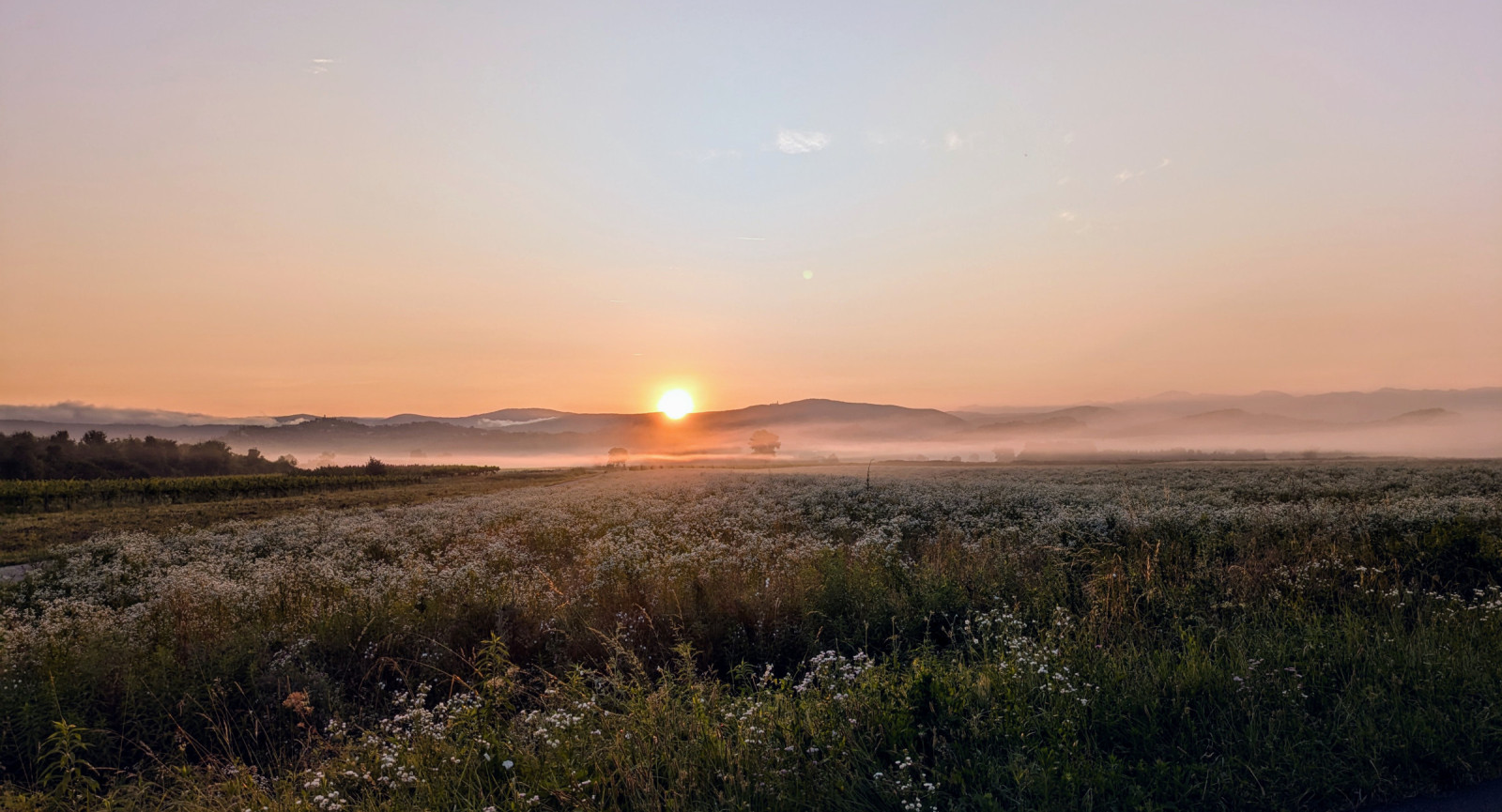Description
The Piana del Preval plain, surrounded by hills, is 5 km long and 2 km wide. Over the millennia, the plain was preserved as a marshy area, dotted with wet meadows, hygrophilous woods, marshes and peat bogs, and characterized by an exuberant fauna and flora biodiversity, rich in glacial relicts. In the thirties of the twentieth century, the first reclamation works were undertaken, but, despite the major changes made by man, it is still an area of great environmental value and, in recognition of it, since 2013 it has been designated as SAC (Special Area of Conservation) according to the European Habitat Directive.
The bird checklist consists of more than 200 species, but this small wetland is also important for hosting abundant populations of amphibians and reptiles, often of great conservation value, such as the Yellow-bellied toad, the Lataste's frog, the Italian Crested newt or the European pond turtle, but also a large community of micro-mammals, such as the Water vole or Miller's water shrew, and of mammals, such as the Wild cat and the Skunk, alongside more common species, such as Squirrel, Hare, Fox, Badger, Wild boar, Roe deer.
Details
Access
The area can be reached by car from several access points: Cormons, Capriva, Mossa (all villages situated along the SR56). It is best visited by bike.



